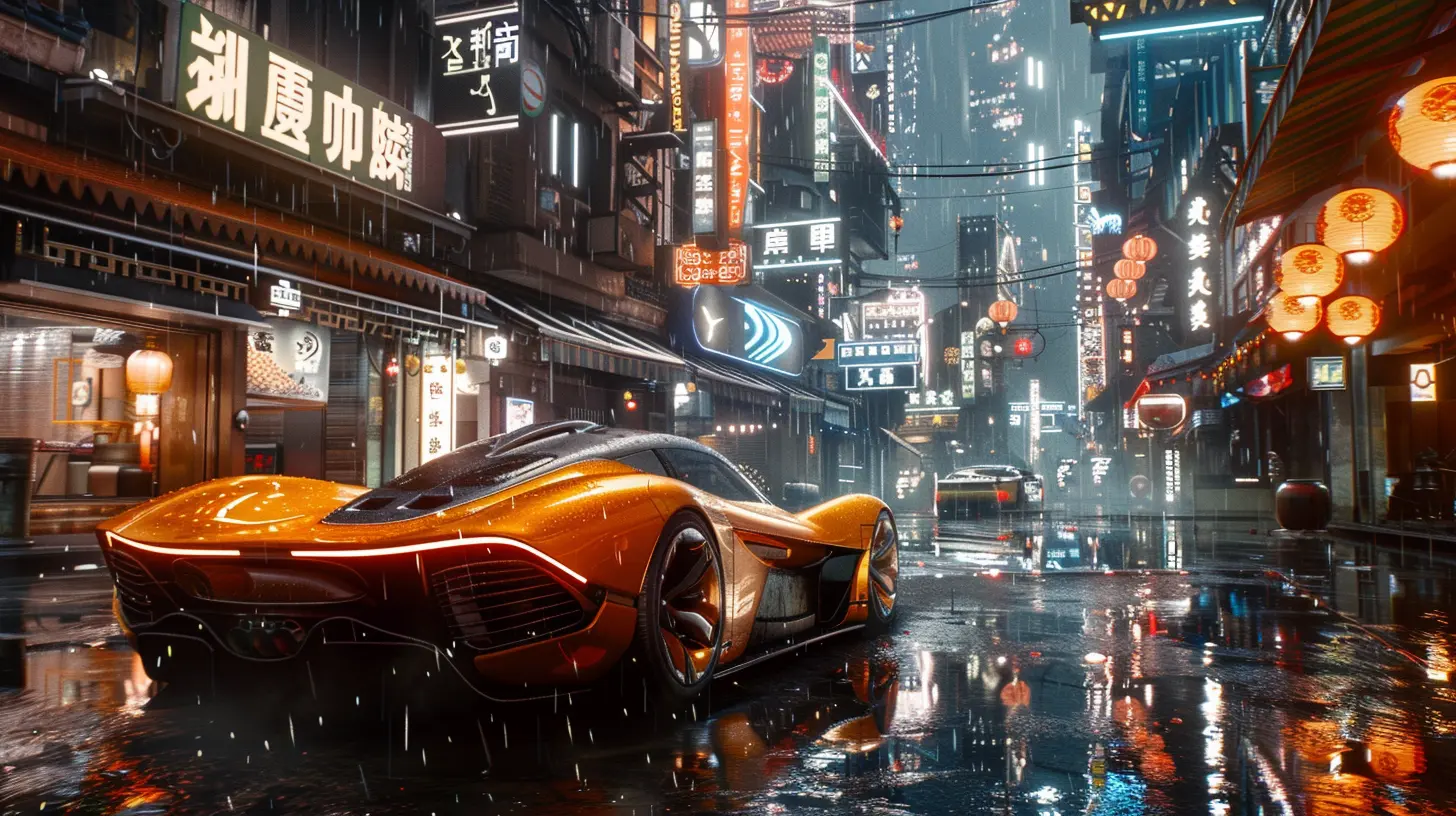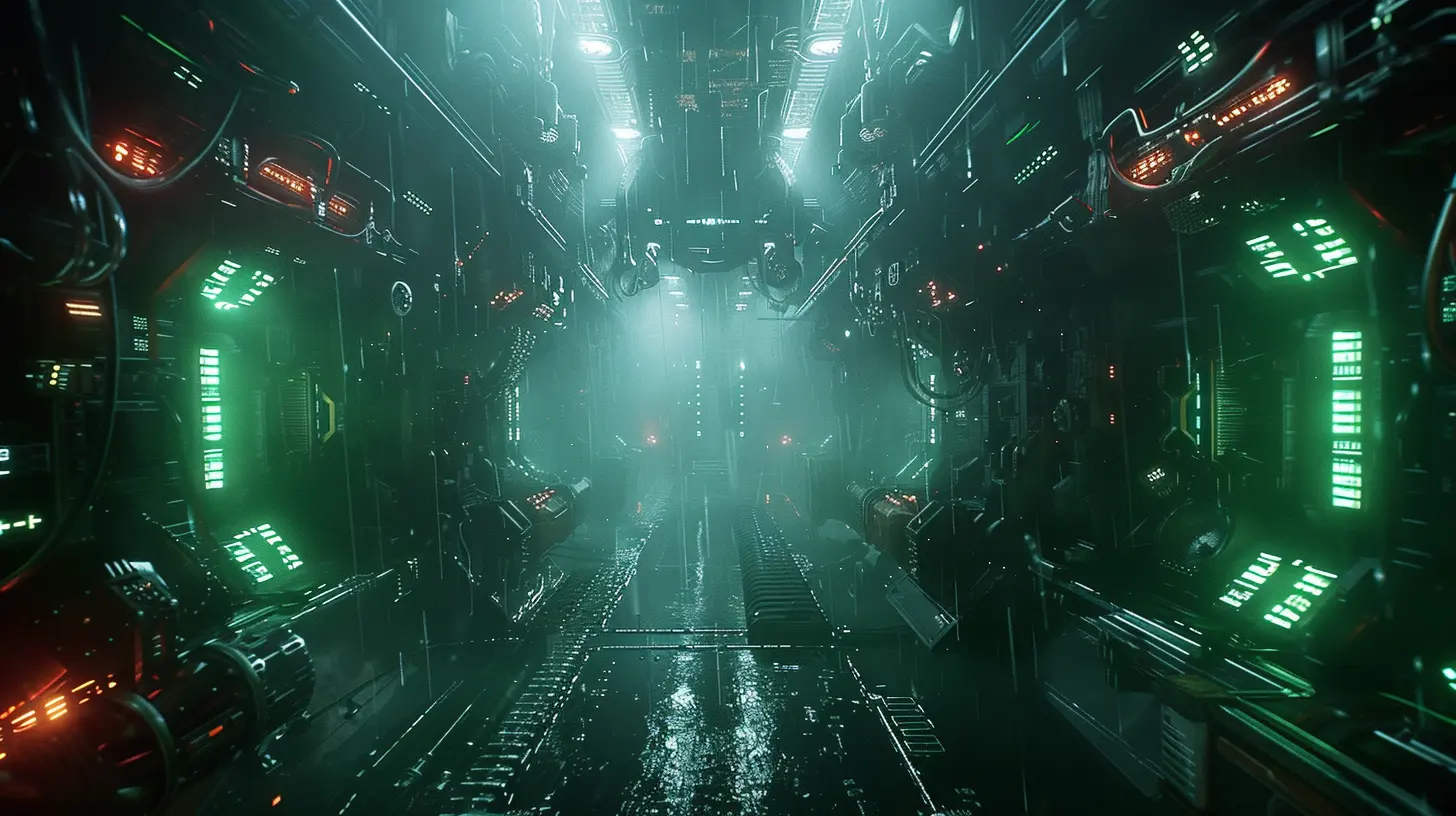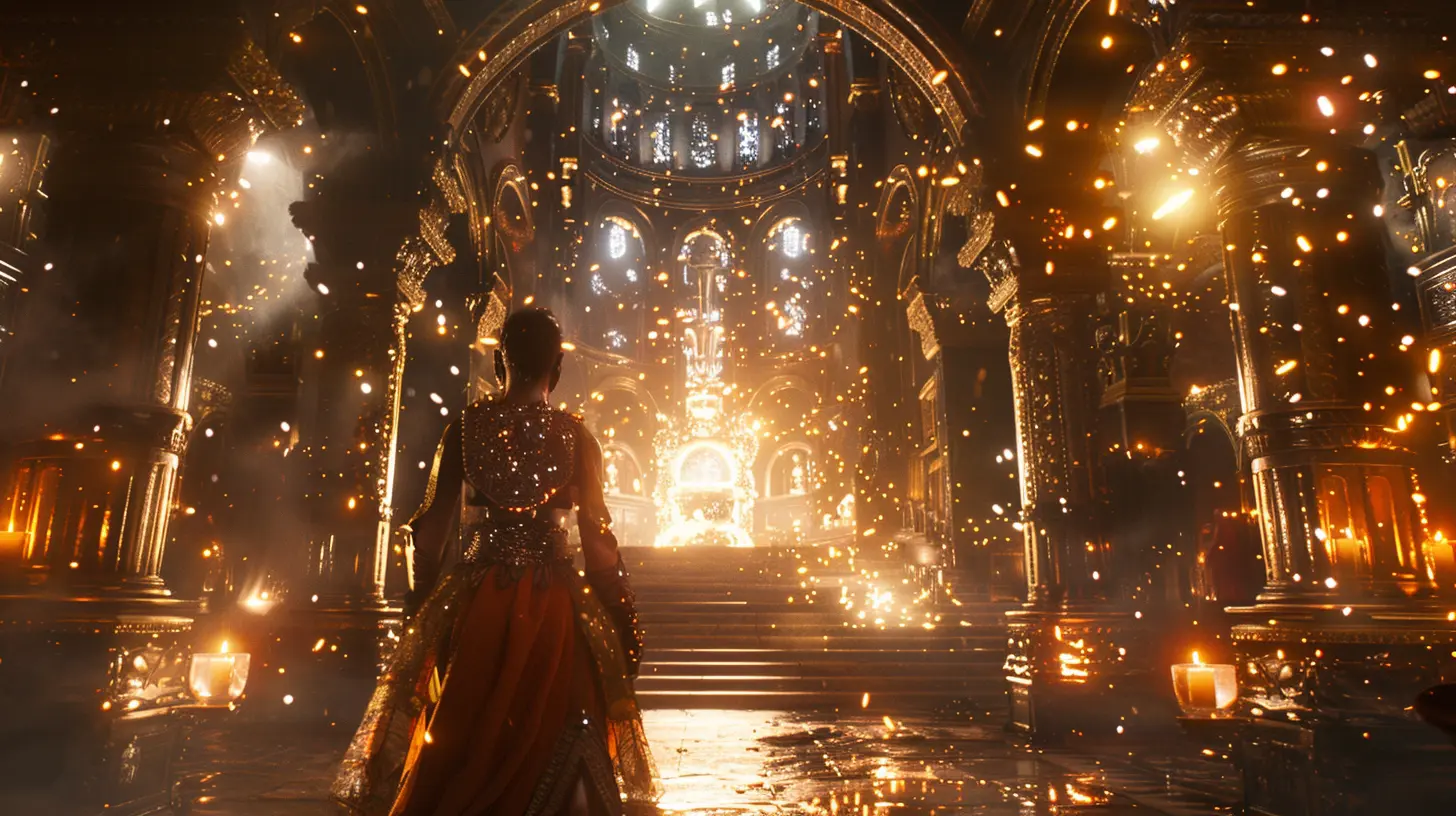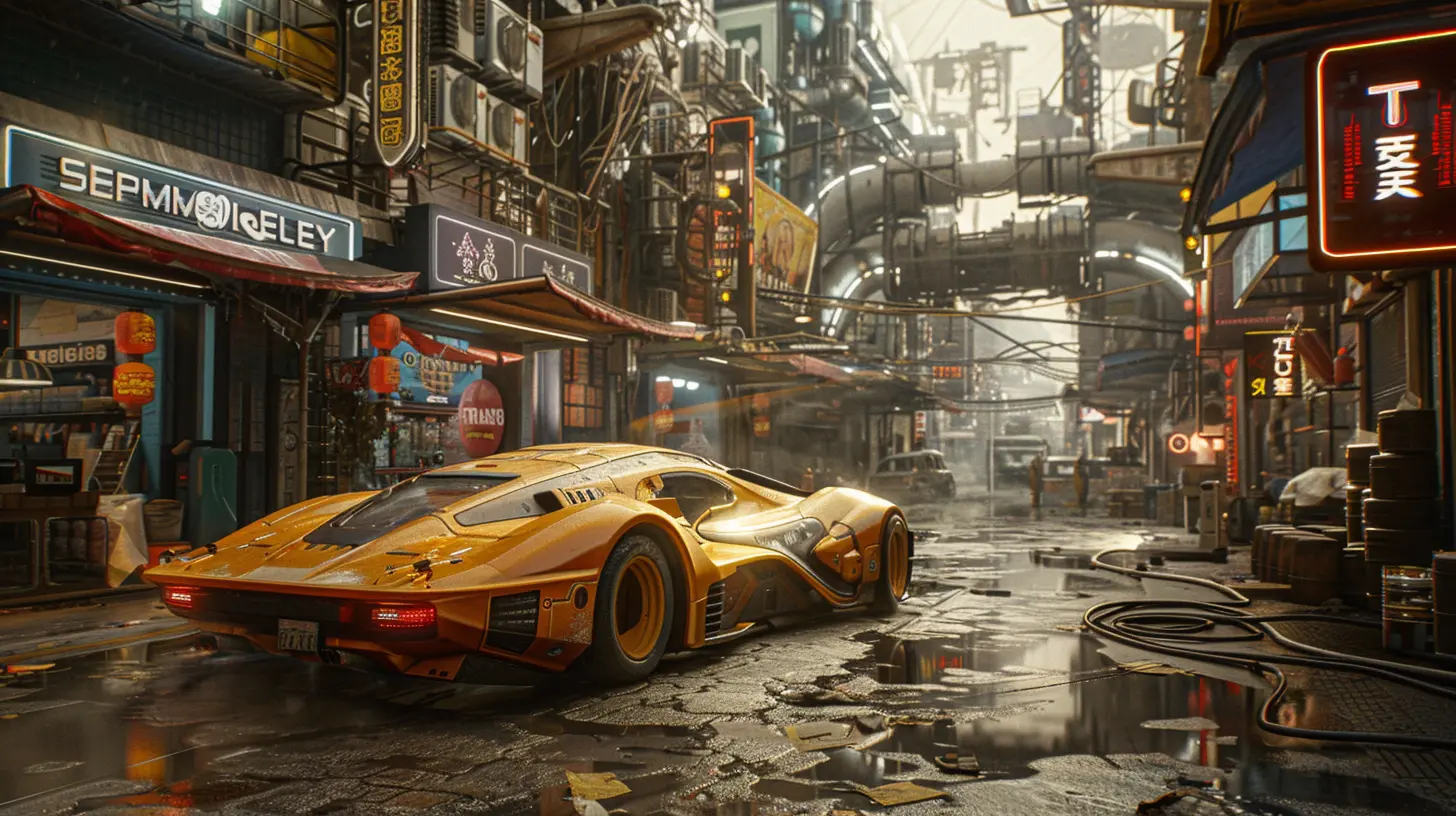Ray Tracing: Performance Demands and Hardware Expectations
9 September 2025
If you're even remotely into gaming or cutting-edge graphics, chances are you've come across the term "ray tracing" more times than you can count. It's a buzzword that has taken over the gaming world like a blockbuster movie release. But what exactly is ray tracing, and why does it demand so much from your hardware? If you're scratching your head over this, don't worry—you’re not alone. Let's dive deep into the world of ray tracing, unravel its mystical glow, and figure out what kind of hardware muscle it flexes (and demands) to work seamlessly.

What Exactly Is Ray Tracing?
Alright, let's start with the basics. Ray tracing is a rendering technique that mimics how light behaves in the real world. Think about when you’re outside on a sunny day. Light rays bounce off surfaces, create shadows, reflect off shiny objects, and scatter in ways that make the world look vibrant. Ray tracing does the same thing, except instead of sunlight, it’s all happening inside your GPU to make the visuals in your games look jaw-droppingly realistic.Why is it a big deal? Because traditional rendering techniques (like rasterization) just approximate how light works. Ray tracing, on the other hand, calculates every single ray of light and how it interacts with objects in a 3D environment. The result? Next-level realism. We're talking reflections so crisp you’ll wonder if you’re looking into an actual mirror, shadows that are eerily lifelike, and lighting effects that are so immersive they blur the lines between gaming and reality.

The Price of Beauty: Performance Demands
Of course, all this visual magic comes with a downside. Ray tracing is a performance hog. Why? Because simulating light rays and calculating their interactions with every surface in a game takes an insane amount of computational power. Traditional rendering pipelines already push hardware to its limits, and ray tracing just adds another layer of complexity.Imagine trying to calculate the exact trajectory of countless beams of light bouncing around a room filled with mirrors. Exhausting, right? That’s essentially what your GPU is doing when ray tracing is enabled.
Here’s where things get tricky: if your hardware can’t keep up, don’t expect smooth gameplay. Instead, get ready for stuttering, frame drops, and enough lag to drive you up the wall. Ray tracing demands a ridiculously powerful graphics card to maintain high frame rates while keeping those gorgeous visuals intact.

Hardware Expectations: What Do You Need to Run Ray Tracing?
Now, let’s talk hardware. Not all GPUs are created equal, and if you’re hoping to play games with ray tracing enabled, you’ll need a card that’s up to snuff.1. Nvidia’s RTX Series: The Ray Tracing Trailblazers
When it comes to ray tracing, Nvidia’s RTX series is the poster child. Starting from the RTX 20-series cards (like the RTX 2060, 2070, and 2080) and now the newer 30-series (RTX 3060, 3070, 3080, and 3090), these GPUs come equipped with dedicated ray tracing cores. These cores are specially designed to handle the computational load of ray tracing without completely tanking your frame rate.The RTX 30-series, in particular, steps up the game. Thanks to advancements in Nvidia’s Ampere architecture, these cards provide significantly better ray tracing performance compared to their predecessors. So, if you’re looking to dive into ray tracing without turning your game into a slideshow, something in the RTX 30-series lineup is your best bet.
2. AMD’s Radeon RX 6000 Series: A Worthy Competitor
Nvidia isn’t the only player in the ray tracing game. AMD crashed the party with its Radeon RX 6000 series. These cards, powered by the RDNA 2 architecture, also support ray tracing. While they don’t quite match the performance of Nvidia’s cards in ray tracing-heavy scenarios, they’re still a great choice, especially if you’re looking for a slightly more budget-friendly option.3. Ray Tracing on Consoles
If you’re not a PC gamer, don’t worry—you’re not left out of the ray tracing revolution. Both the PlayStation 5 and Xbox Series X come with hardware-accelerated ray tracing capabilities. While they won’t match the raw power of a high-end PC, they still deliver impressive visuals for their price point.4. CPU and RAM Considerations
While the GPU does most of the heavy lifting when it comes to ray tracing, don’t overlook your CPU and RAM. A weak CPU can create a bottleneck, slowing down your system even if you have a top-of-the-line graphics card. Aim for a mid-to-high-end processor and at least 16GB of RAM to ensure smooth performance.
Balancing Performance and Visuals: Is Ray Tracing Worth It?
Let’s be real here—ray tracing isn’t for everyone, at least not yet. It’s like owning a sports car: the performance is amazing, but it’s not exactly practical for everyday use. If you’re the kind of gamer who values smooth frame rates above eye candy, you might find ray tracing to be more of a headache than it's worth.That’s where technologies like DLSS (Deep Learning Super Sampling) come into play. Nvidia’s DLSS uses AI to upscale lower-resolution images, allowing you to enjoy ray tracing without sacrificing too many frames. It’s like getting the best of both worlds—stunning visuals and playable frame rates.
If you’re on AMD hardware, the company offers a similar feature called FidelityFX Super Resolution (FSR). While it’s not as advanced as DLSS, it still helps bridge the gap between performance and visual fidelity.
Games That Show Off Ray Tracing at Its Best
Not all games support ray tracing, but the ones that do are nothing short of eye candy. Here are a few titles that are worth checking out if you want to see what ray tracing can do:- Cyberpunk 2077: A futuristic cityscape brought to life with stunning reflections, shadows, and global illumination.
- Minecraft (Bedrock Edition): Who knew blocky graphics could look this good? Ray tracing turns Minecraft into a visual masterpiece.
- Control: A mind-bending third-person adventure that uses ray tracing to create eerie, atmospheric environments.
- Battlefield V: Realistic reflections and lighting effects make the chaotic battlefields look more immersive than ever.
The Future of Ray Tracing
Ray tracing is still in its infancy, and as with any new technology, it’s only going to get better from here. GPUs are becoming more powerful, ray tracing algorithms are improving, and developers are finding new ways to implement the technology without killing performance.In a few years, ray tracing might become the norm rather than the exception. Until then, it’s up to you to decide if the trade-off between visuals and performance is worth it.
Final Thoughts
Ray tracing is undoubtedly the future of gaming graphics, but it’s a demanding beast that requires some serious hardware to run smoothly. Whether you’re already rocking an RTX 3080 or still clinging to your trusty GTX 1060, understanding what ray tracing demands—and what your hardware can deliver—will help you make informed choices.And hey, even if you can’t enable ray tracing right now, don’t sweat it. Gaming is all about enjoying the experience, and no amount of fancy light rays can replace the thrill of beating a tough boss or exploring a beautifully designed world.
all images in this post were generated using AI tools
Category:
System RequirementsAuthor:

Lucy Ross
Discussion
rate this article
1 comments
Michelle Carrillo
Exciting tech, heavy requirements!
September 19, 2025 at 2:59 AM

Lucy Ross
Thank you! Yes, while ray tracing offers stunning visuals, it does require powerful hardware to fully enjoy the experience.


